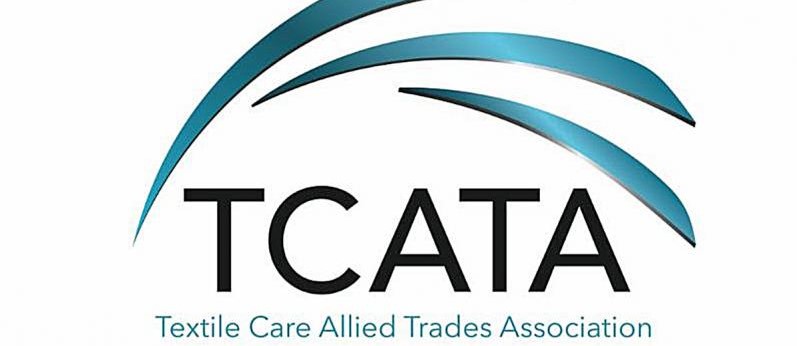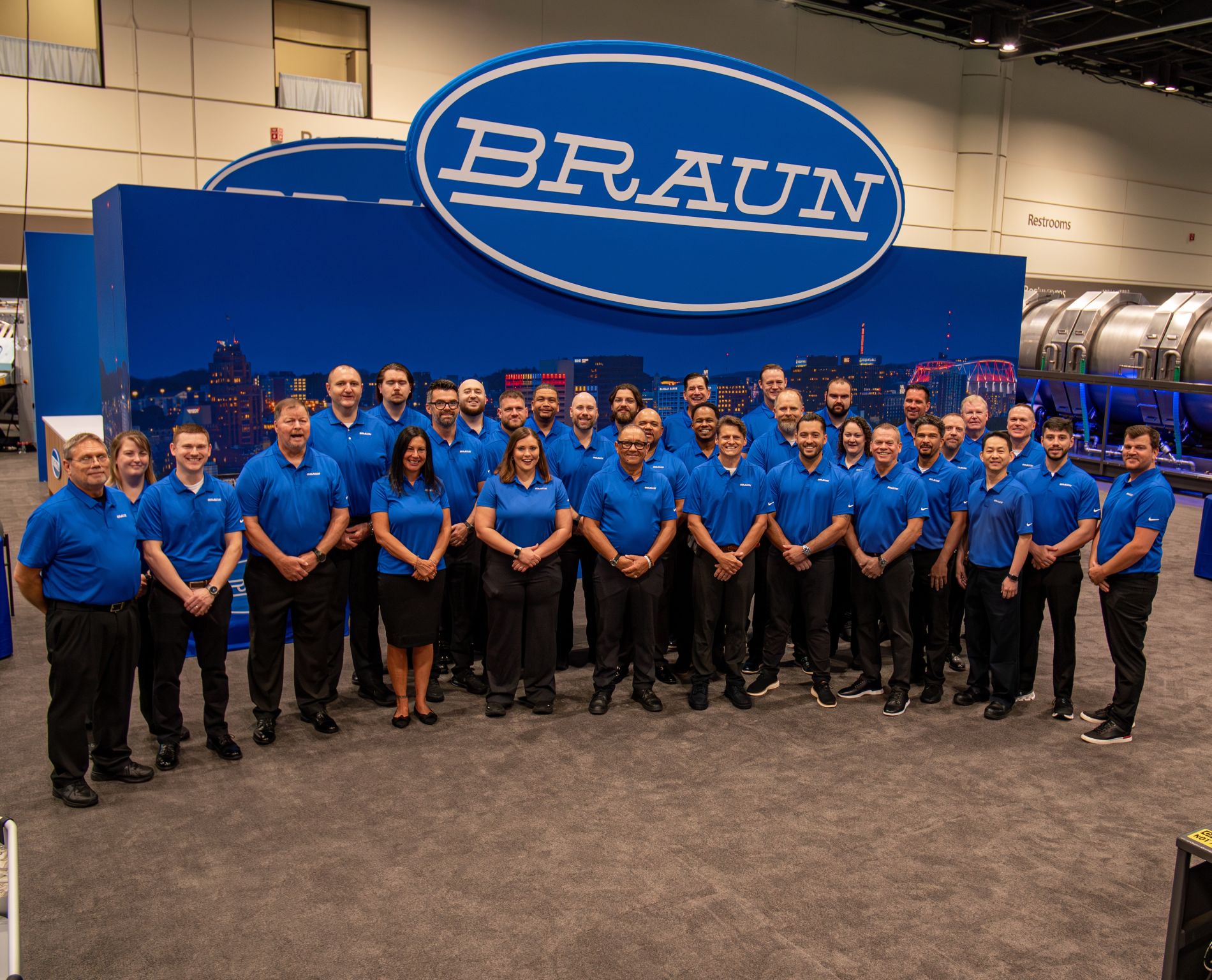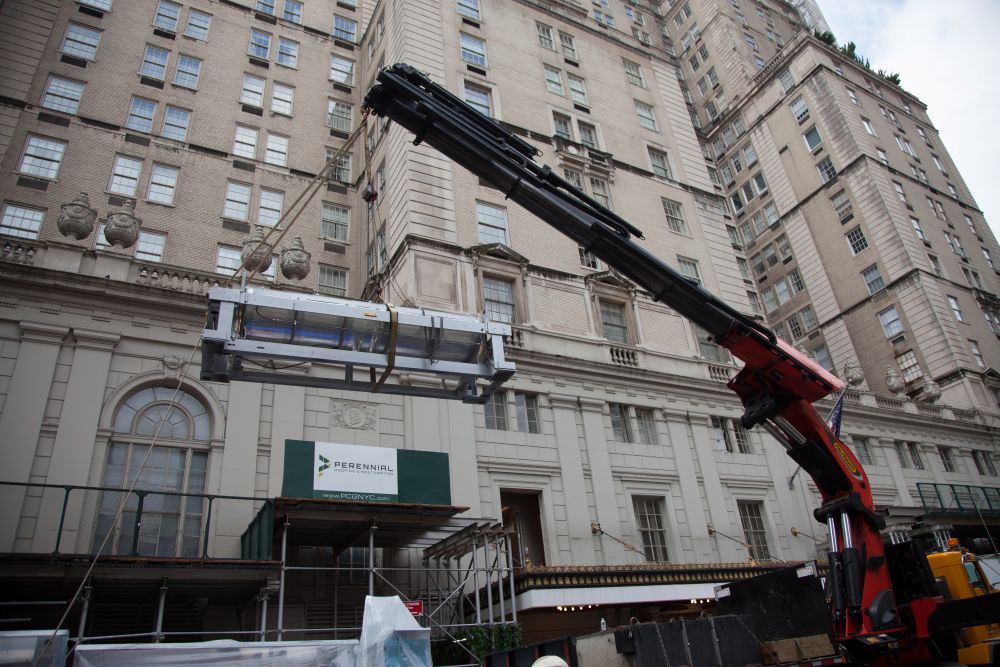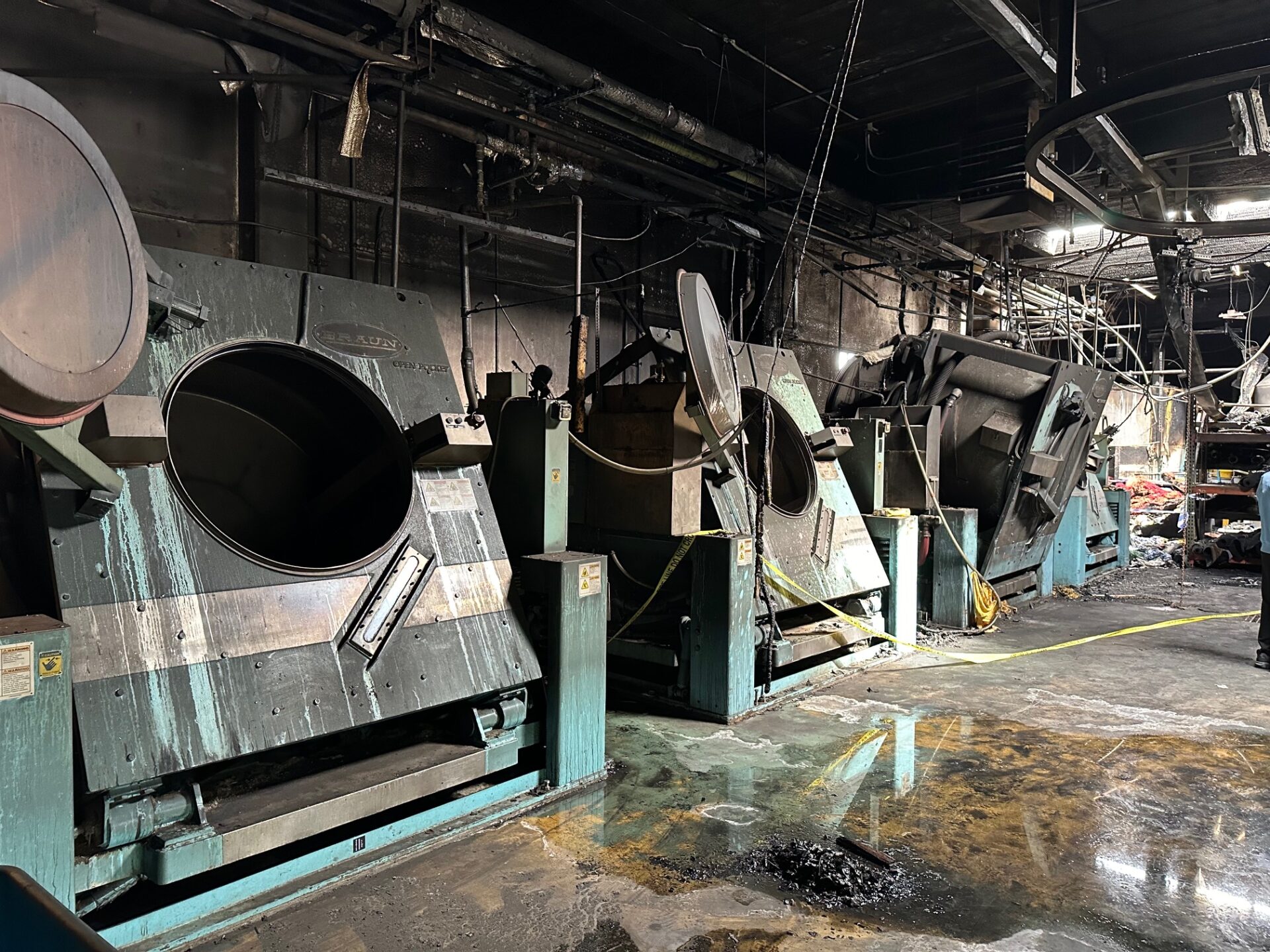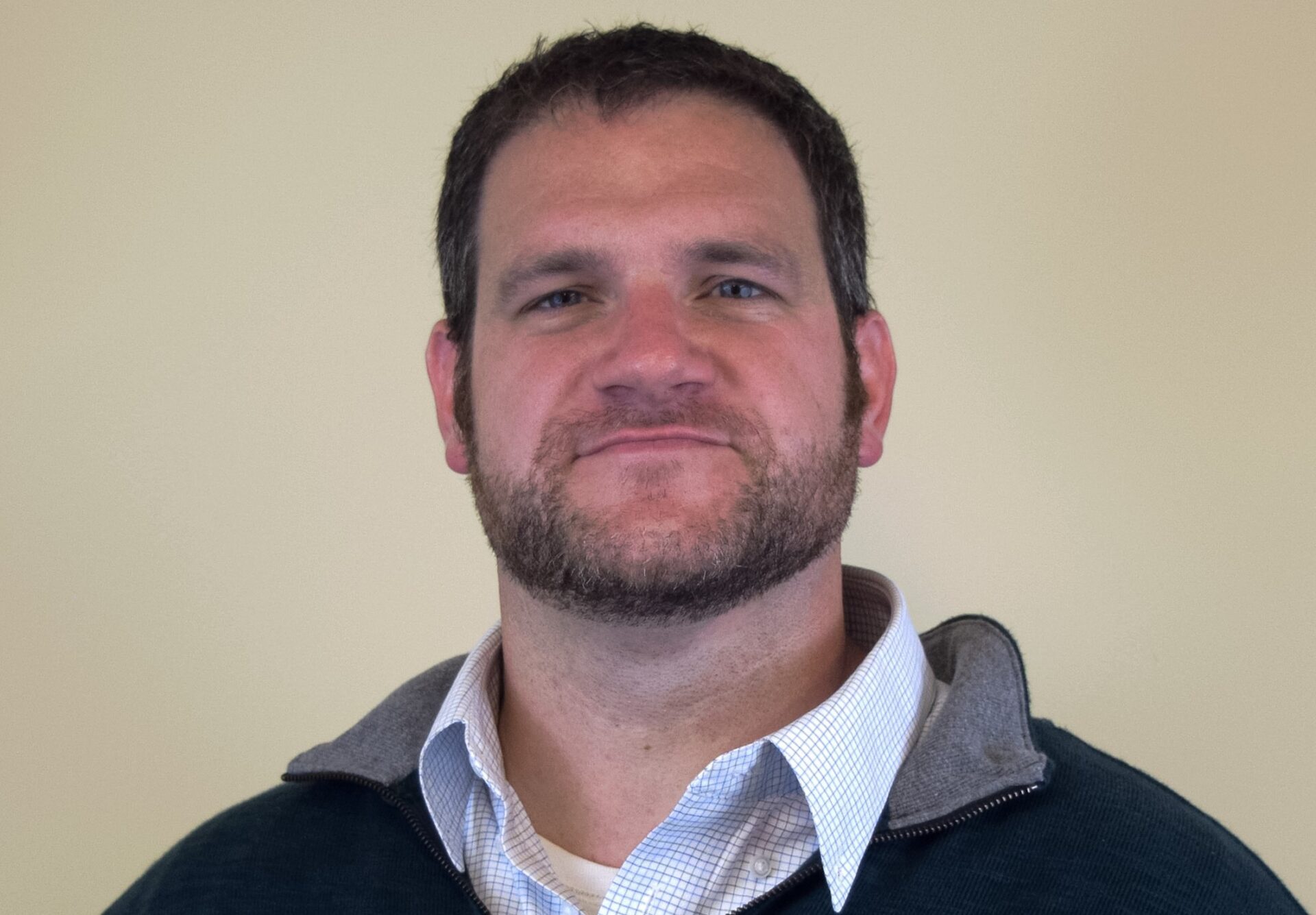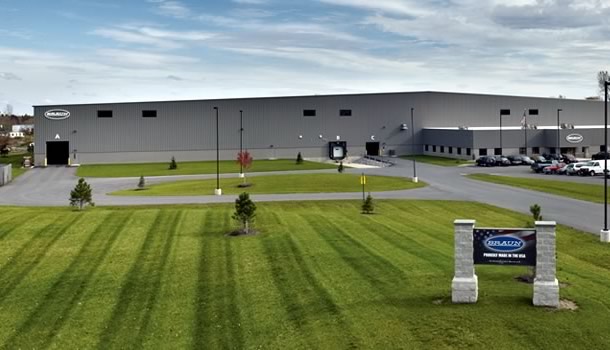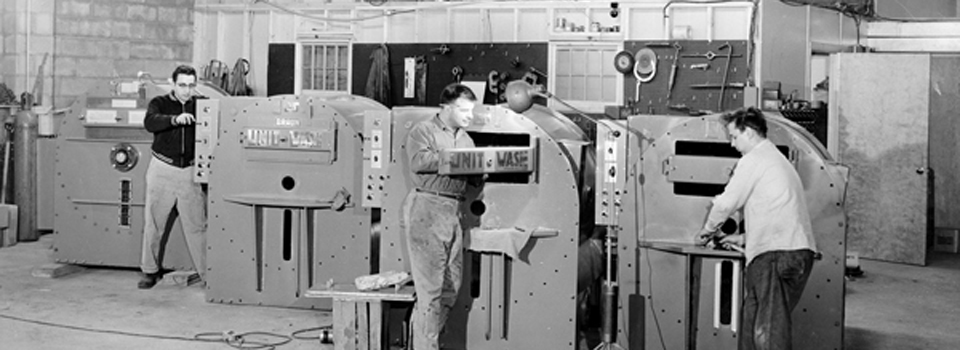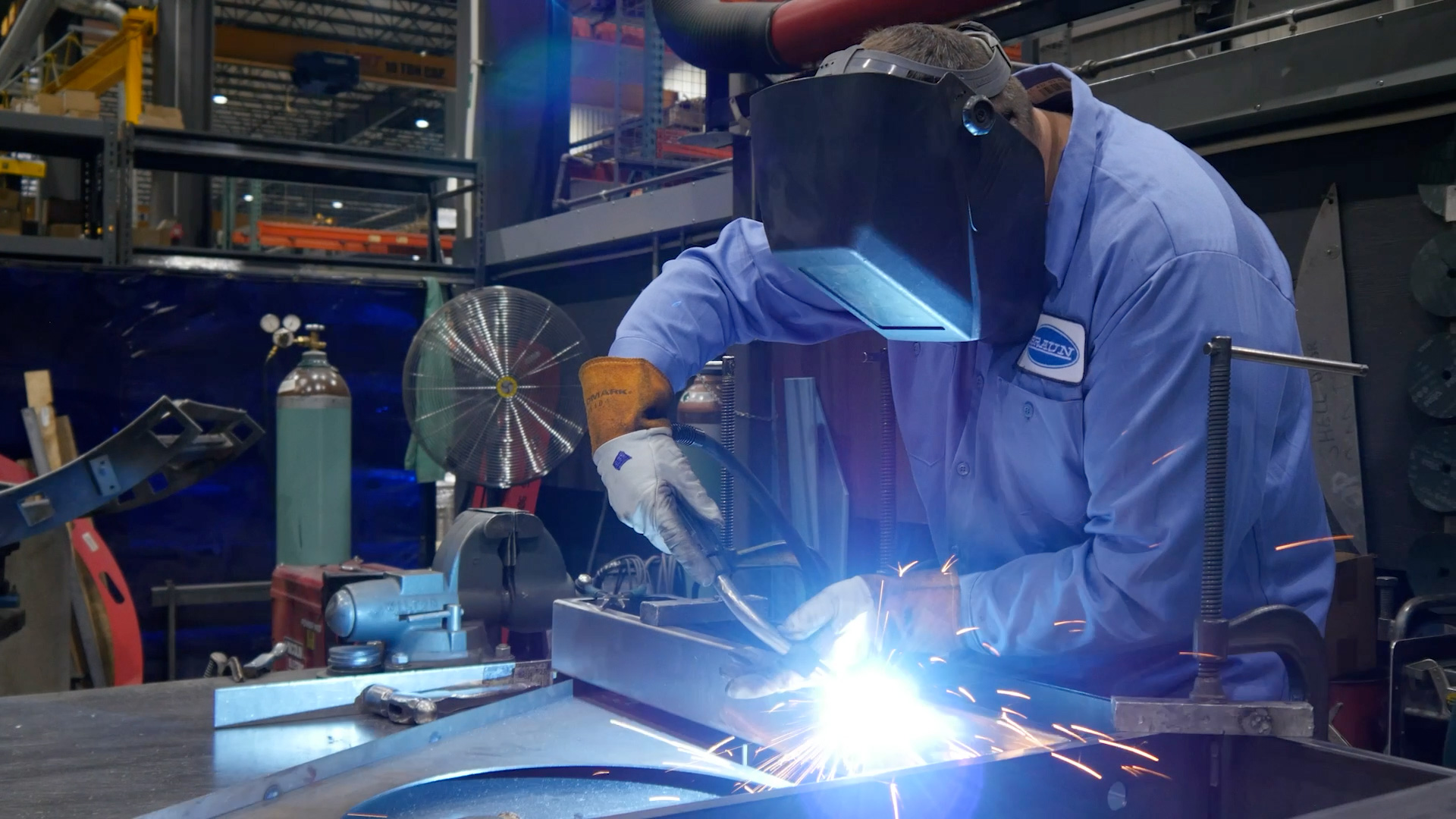
Newsroom
-

Braun Celebrates 75 Years with TCATA
For over 75 years, Braun has been a proud member of the Textile Care Allied Trades Association (TCATA)—a partnership rooted in shared values of innovation, integrity, and continuous improvement in the laundry and textile-care industry. Braun joined TCATA in 1949, just three years after the company’s founding, and the relationship has grown alongside our business….
-

Braun Debuts Streamline™ Series Ironer & Smart Technologies at Clean
G.A. Braun made a major impact at Clean Show 2025, reaffirming its position as a trusted leader in industrial and commercial laundry equipment. With a bold new booth design, 17 machines on display, and a full team of experts on-site, Braun delivered a clear message: the company does not just sell laundry machines — it provides…
-

Braun Surpasses Expectations in Complex Install
People in NYC are used to surprises — but one morning, commuters in Manhattan paused as an entire street was shut down outside one of the city’s historic hotels. The reason? A laundry upgrade was underway, and the Braun team had rolled into town with a mission: to install a three-roll ironer, folder and stacker…
-

Braun Helps Indoor Billboard Rebuild After Devastating Fire
In July 2023, a devastating fire tore through Indoor Billboard’s laundry facility, bringing operations to a halt. Indoor Billboard partnered with other laundry operations to handle linen and mat processing during their recovery period. Faced with the massive challenge of rebuilding, they turned to G.A. Braun—not just as an equipment provider, but as a true…
-

Braun Honored with Awards at TRSA Industry Awards Dinner
GA Braun is proud to announce that it has been recognized at the TRSA Industry Awards Dinner with two prestigious honors: Best Video Award and the Advertising Effectiveness Award.
-

Braun Announces New Director of Aftermarket Operations
Braun is pleased to announce the promotion of Joseph Fiacchi to the position of Director of Aftermarket Operations, which became effective September 2024.
Ready to get started? Let’s talk today.

